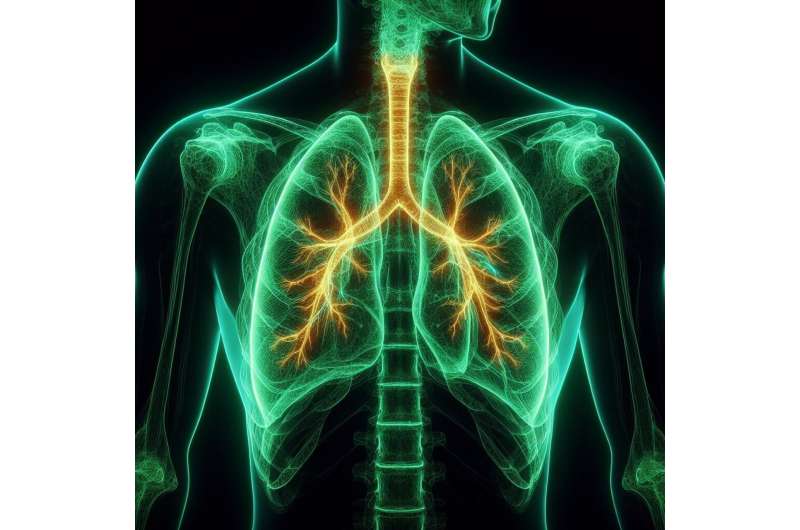Study Reveals Severe Economic Impact of Chronic Lung Disease in Kenya

A new study reveals that over a quarter of adults with symptoms of chronic lung disease in Kenya face catastrophic health costs, emphasizing the need for improved health insurance coverage.
Recent research published in The Lancet Global Health highlights the significant financial burden faced by individuals in Kenya exhibiting symptoms of chronic respiratory diseases, including conditions like asthma and COPD. The study, conducted across five health facilities in Meru County, examined nearly 300 adults seeking treatment and found that approximately 26% experienced 'catastrophic health expenditure' (CHE). CHE is defined as healthcare-related costs exceeding 10% of their household’s monthly income, which can lead to severe financial hardship.
This economic strain encompasses direct medical expenses such as consultations, diagnostic tests, medicines, and treatments, as well as indirect costs like transportation for patients and accompanying caregivers. Notably, most participants were not members of Kenya’s national insurance scheme, which is currently undergoing reforms, and even those enrolled often did not utilize it for their care.
The study revealed that women, individuals from lower socioeconomic backgrounds, and patients seeking treatment at better-equipped, distant hospitals bore the heaviest financial burdens. It was observed that nearly all participants resorted to coping strategies such as borrowing money, selling household assets, or depleting savings to manage expenses.
Led by the Liverpool School of Tropical Medicine and the Kenya Medical Research Institute, the study underscores the urgent need for improved health financing models. Dr. Tom Wingfield emphasized that the financial burden linked to chronic respiratory ailments is substantial, especially for vulnerable populations, and that expanding and effectively implementing social health insurance could mitigate these costs.
Chronic respiratory diseases are among the top non-communicable diseases contributing to global premature deaths. Addressing the financial challenges and enhancing primary healthcare access aligns with the United Nations’ goal to reduce NCD-related deaths by 30% by 2030. Strengthening health systems to provide affordable and comprehensive coverage remains crucial for reducing out-of-pocket expenses and preventing medical impoverishment in Kenya.
For more details, see the full study: Stephen Mulupi et al., Catastrophic health expenditure, social protection coverage, and financial coping strategies in adults with symptoms of chronic respiratory diseases in Kenya, published in The Lancet Global Health.
source: https://medicalxpress.com/news/2025-06-people-symptoms-chronic-lung-disease.html
Stay Updated with Mia's Feed
Get the latest health & wellness insights delivered straight to your inbox.
Related Articles
Innovative Treatment Shines in Rare Adult Brainstem Glioma with IDH2 Mutation
A rare adult brainstem glioma with IDH2 mutation responded remarkably to radiation and temozolomide, improving tumor size and hearing. This case emphasizes the importance of genetic testing for personalized treatment in brain tumors.
How Gut Microbiota Composition Influences the Immune System in Genetically Identical Mice
New research highlights how gut microbiota composition significantly influences immune system structure and function in genetically identical mice, revealing its critical role in immune development and variability.
Gum Disease Bacterium Linked to Heart Rhythm Disorders
Researchers identify Porphyromonas gingivalis, a bacteria from gum disease, as a key factor in the development of atrial fibrillation, highlighting the importance of oral health for heart health.



